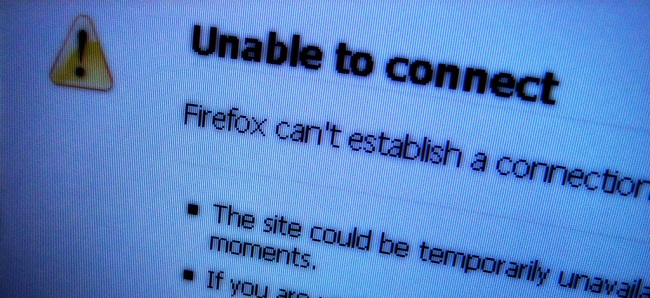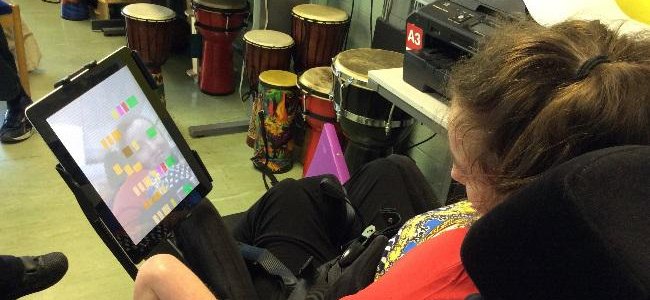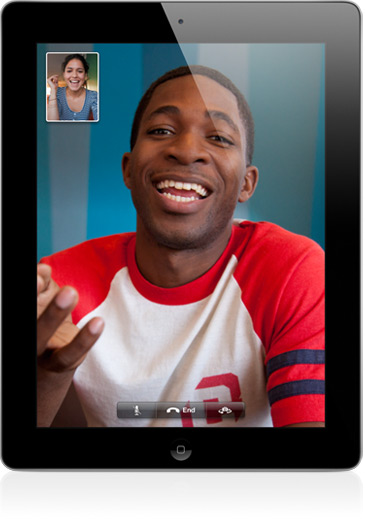The more technology that is introduced into education, the more discussions are had regarding accessibility and usage. Edtech expert Nicole Ponsford takes a look at how the Digital Divide and issues surrounding screen-time can overlap.

What is the Digital Divide? Wikipedia describes it as: “an economic and social inequality according to categories of persons in a given population in their access to, use of, or knowledge of information and communication technologies (ICT).” Or you could say that the social-economic or demographic differences in access to technology is creating a gap in what skills people have and therefore what opportunities they may have in the future. What we know in schools is ‘the gap’ in attainment and progress.
I hope you will have read my previous article on colour-blind students and are keen to know more! If heads and members of SLTs have been wondering ‘how do colour-blind teachers cope in our school?’, here’s where you’ll find the answer.
It seems, at times, that SEN teaching might well be the most rewarding area of education. Some of these pupils have immense obstacles to overcome as part of their learning, and specialist teachers are always finding new and inventive ways to assist them. Carolyn Hughes, ICT leader at Meadowside Special School in Birkenhead, Merseyside, discusses the technological options available for making as many areas as SEN-accessible as possible.

Technology has a great role to play in improving access for learners with physical barriers to learning. For many with additional SEN, the assistive technology can be challenging itself; trying to make it personalised to the individual learner, to make is usable and purposeful. It should be asked, “What do we want the learners to do that they cannot do without assistive technology?”

While the iPad is a welcome addition to homes and classrooms, it has also been the talk of the town for people with disabilities who are finding that some of the built-in accessibility features have enabled them to replace existing equipment or to use the plethora of apps being released each day.
VoiceOver for example, allows screen reading for people with visual and literacy difficulties. With VoiceOver, you use gestures (or finger based movements like tapping, dragging and flicking) to interact with items on the screen. That means you can touch the screen to hear an apps’s title, then gesture with a double-tap to go into that app. The speech rate is adjustable as is the language! iBooks is also compatible with VoiceOver. One thing to bear in mind is that while the apps that come standard with the iPad are VoiceOver compatible, other apps you may install would only be VoiceOver compatible if the developer has designed them with that feature in mind.

A community-driven platform for showcasing the latest innovations and voices in schools
Pioneer House
North Road
Ellesmere Port
CH65 1AD
United Kingdom